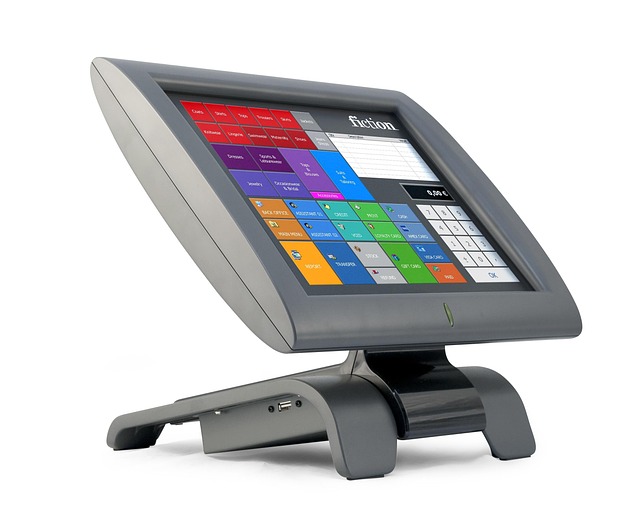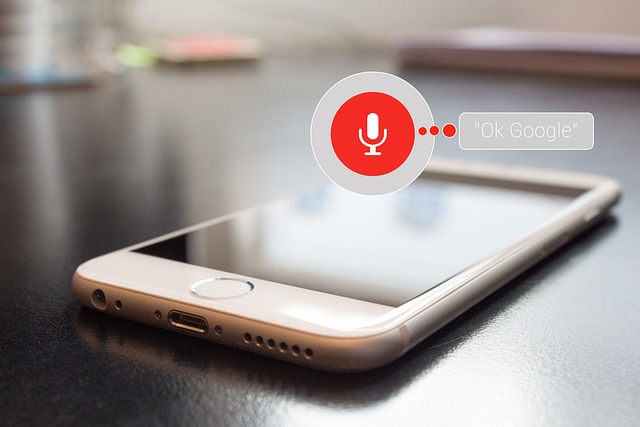Remember the early days of digital communication? Maybe it was a dial-up modem screeching, an exciting new email arriving, or the first hesitant steps into instant messaging. Digital communication has always been about connecting, bridging distances, and exchanging information. It’s the core of so much of our modern interaction, personal and professional.
Now, something fundamental is changing. The digital spaces where we connect are becoming infused with intelligence and efficiency on a scale previously unimaginable. This shift is powered by the convergence of robotics, artificial intelligence, and automation, fundamentally reshaping how we interact in the digital realm, especially within the business world.
Artificial Intelligence: The Brains Behind Smarter Interaction
AI is arguably the most transformative force impacting digital communication today. It’s moving beyond simple algorithms to understand context, sentiment, and even predict needs. Think about:
- Chatbots and Virtual Assistants: These are no longer just basic rule-based responders. Modern AI-driven bots can handle complex queries, personalize conversations, and provide instant support around the clock, making digital customer service faster and more accessible.
- Personalization at Scale: AI analyzes vast amounts of data to understand individual preferences, allowing businesses to tailor messages, content, and offers in real-time across email, social media, and websites. This creates more relevant and engaging digital interactions.
- Sentiment Analysis and Insights: AI can read and understand the tone and emotion in digital conversations – tweets, reviews, customer service chats. This gives businesses powerful insights into public perception and customer satisfaction, enabling more informed responses and strategies.
AI makes digital communication feel more intuitive and responsive, creating interactions that are both smarter and more effective.
Automation: Streamlining the Digital Conversation Flow
While AI provides the intelligence, automation provides the efficiency. It’s about handling repetitive tasks, managing large volumes of communication, and ensuring timely responses without constant human intervention. This is crucial for scaling interaction in the digital age.
- Automated Workflows: Setting up triggers and actions based on digital interactions. For example, an email sent automatically after a download, or a customer service ticket routed instantly based on keywords.
- Scheduled and Triggered Messaging: Planning and executing communication campaigns across various digital channels, from email marketing sequences to social media posts, ensuring consistent and timely brand interaction.
- Data Management and Reporting: Automating the collection, analysis, and reporting of digital communication metrics, freeing up human resources to focus on strategic interactions rather handeling data busywork.
Automation ensures that digital interactions are not only smart but also consistent, efficient, and scalable, handling the volume of the modern digital landscape.
Robotics: Adding a Physical Dimension to Digital Interaction
While less direct than AI and Automation in purely text-based digital communication, robotics plays a role in bridging the digital and physical worlds, often facilitated by digital communication. Consider:
- Telepresence Robots: Allowing remote individuals to have a physical presence and interact in a distant location via a digital interface, blending video communication with physical movement.
- Automated Fulfillment & Delivery: Robots managing warehouse operations or even last-mile delivery, often triggered and controlled by digital orders and communication systems. This changes the interaction customers have with product delivery, initiated digitally but completed physically by a robot.
- Physical Service Robots: Robots interacting with customers in service settings (like retail or hospitality) whose actions and responses are often driven by AI and digital communication systems, providing information or assistance based on digital inputs or queries.
Robotics extends the reach of digital communication into the physical world, enabling new forms of interaction that combine the convenience of digital command with the tangibility of physical presence or action.
The Future of Interaction
As these technologies mature and integrate further, the future of digital communication promises interactions that are incredibly personalized, instantaneous, and seamlessly blended across digital and physical touchpoints. Businesses are leveraging these tools not just to communicate *at* customers, but to build dynamic, responsive, and intelligent relationships.
The feeling of interaction in the digital space is transforming from simple message exchange to a complex, intelligent dance facilitated by AI, streamlined by automation, and occasionally extended into the physical world by robotics. Understanding these forces is key to navigating and shaping how we will connect and communicate in the years to come.



